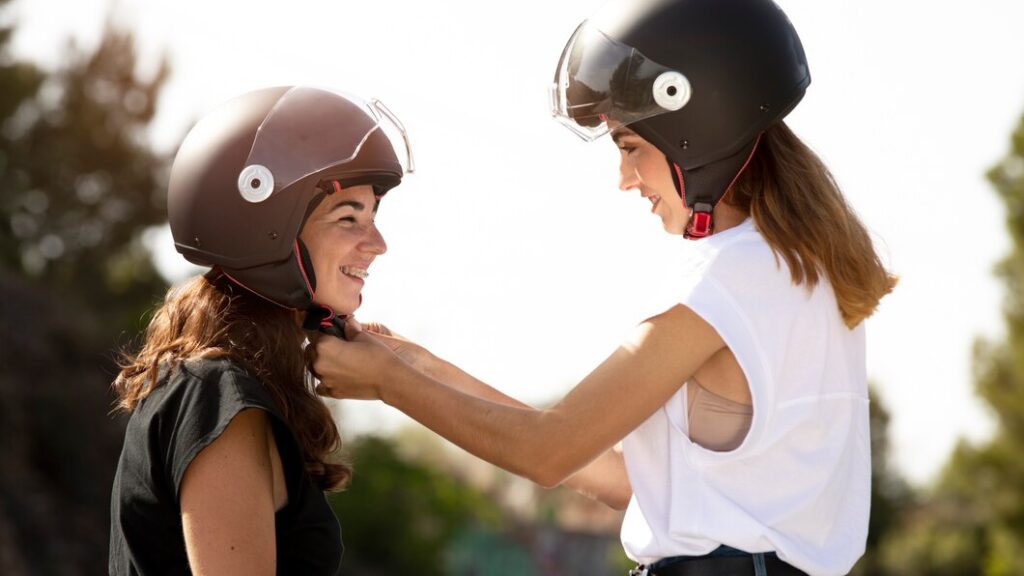Riding bikes, skating, and scooting are exciting milestones in a child’s life. However, these activities come with risks, making helmets an absolute necessity. With so many options on the market, how do you choose the best helmet for your child? Let’s break it down.
Understanding Helmet Safety Standards
Before purchasing a helmet, ensure it meets safety certifications like the Consumer Product Safety Commission (CPSC) or ASTM International standards. These certifications guarantee that the helmet has been tested to withstand impact and protect against head injuries.
It’s also important to look for labels indicating compliance with local regulations. Some helmets are specifically designed to meet international standards, providing added assurance of quality and safety.
Features to Prioritize
When selecting a kids helmet, look for these key features:
- Adjustable Fit: A helmet should fit snugly on your child’s head without wobbling. Many helmets come with adjustable dials for a custom fit, allowing for growth spurts.
- Ventilation: To prevent overheating during active play, choose a helmet with ample ventilation. Multiple air vents ensure optimal airflow.
- Durability: High-quality materials ensure the helmet can endure multiple impacts. Polycarbonate shells are particularly effective at resisting damage.
- Visibility: Bright colors or reflective elements improve visibility, especially in low-light conditions. Some helmets also come with built-in LED lights for added safety.
Age-Specific Recommendations
- Toddlers: Opt for helmets designed specifically for smaller heads, with extra padding and lightweight materials. Features like pinch-proof buckles are especially helpful.
- Older Kids: Look for helmets that cater to more advanced activities, like BMX or skateboarding, which may require additional coverage. Multi-sport helmets are a great choice for versatility.
Making the Purchase
When shopping for a helmet, take your child with you to try on different models. The right helmet should sit level on the head, covering the forehead, with straps forming a “V” under the ears. The buckle should be secure but not uncomfortable.
Online shopping is another convenient option, but always check the size chart and read reviews for guidance. Many brands offer free returns, so you can exchange sizes if needed.
Beyond the Basics
Helmet technology has come a long way. Some helmets now feature advanced impact protection systems that provide added safety against rotational forces during a crash. While slightly more expensive, this feature can significantly enhance safety.
Other advanced features include moisture-wicking liners, antimicrobial padding, and adjustable visors for sun protection. These extras add to the overall comfort and functionality of the helmet.
Maintenance Tips for Longevity
- Regular Cleaning: Use mild soap and water to clean the helmet and keep it fresh. Avoid harsh chemicals that could damage the materials.
- Inspect for Damage: Replace the helmet immediately if you notice cracks or dents. Even small signs of wear can compromise safety.
- Avoid Dropping: Repeated impacts can weaken the helmet’s structure, even if there’s no visible damage.
- Storage: Store helmets in a cool, dry place away from direct sunlight to prevent degradation.
Fun and Functionality
Encourage your child to wear their helmet by involving them in the selection process. Many helmets offer customizable options, such as interchangeable liners or cool graphics. Making the helmet a fun accessory rather than a chore ensures they’ll wear it consistently.
Safety should never be an afterthought. By investing in a high-quality helmet, you’re giving your child the freedom to explore while keeping them protected.


